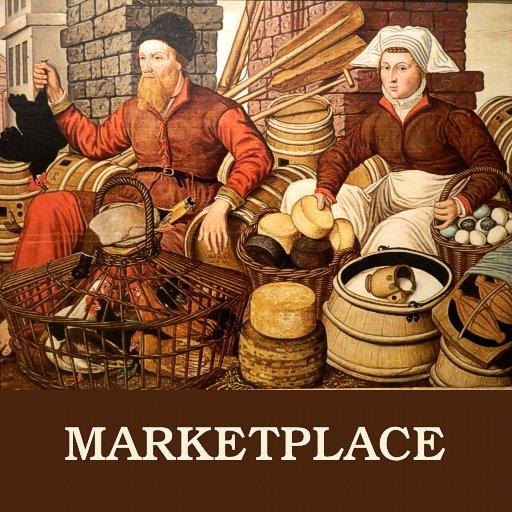Since many people on the website know English better then French I'll try to make a translation for Catherine, please forgive me for some mistakes, both languages are foreign for me so it want go without an effort.
The moment we think about cabinets we automatically make the link with the XVII century. In fact the fashion starts in the middle of the XVI century. This piece of furniture set up as a cupboard with a multitude of drawers and spaces which might be hidden or not. Those, often masterpieces of craftsmanship where elevated by some decorative feet.
Cabinets were the first examples of cabinet work (ébénisterie), finding the term in English I presume it has a fairly good chance the word is even extracted from it. Very often Ebony veneer was used to to cover the surface but ivory, mother of pearl and other very valuable materials where used.
Cabinets have been influenced from many sides. Pieces that still can be found in France today are made by artisans of what is now Belgium, the Netherlands, Italy and Germany. (little add on) As I'm Flemish and lived in Antwerp for quite some time I've seen many examples of these exquisite pieces of art. Antwerp used to be one of the important centres for the production.
In the beginning cabinets where used as a decorative storage place for jewellery, afterwards they became crownpieces for collectors of art, they became a mean to showcase very precious small objects to select people. It was an honour if you could see the treasures they held. The centre piece mostly had mirrors on the side with arcades to be able to see the object in the centre from all sides without having to touch it.
Any person of standing had to have one during the XVII and for quite a while had to have one. All royal residence had some, many can be found nowadays in musea and private collections.





